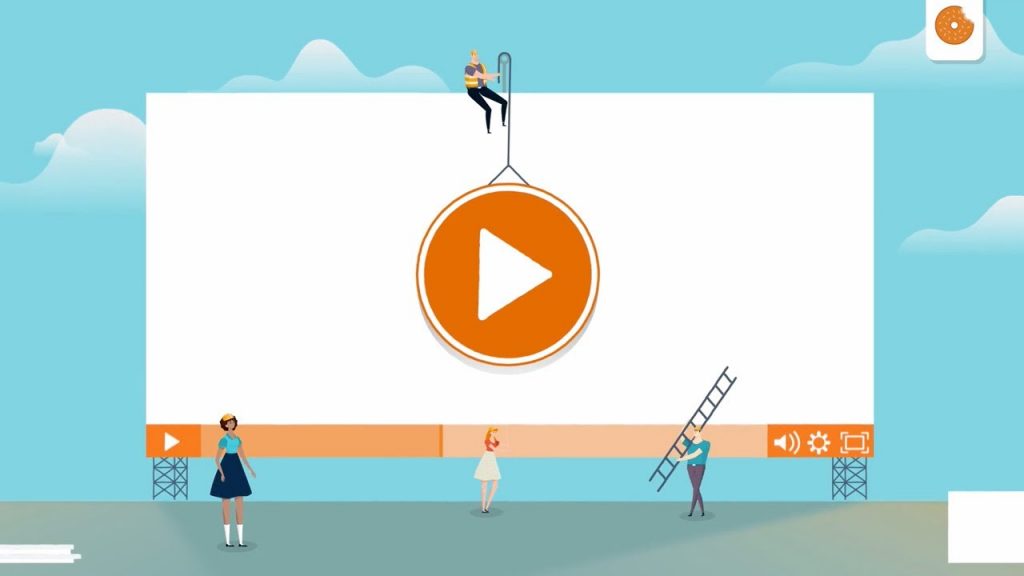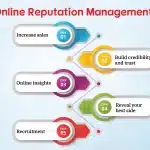In order to run a business, it takes a lot more than just investment and products. Business needs the right market to find customers and make them aware of your product. Many tactics are adopted in marketing to attract an investor or a customer. Only having a good business idea is not enough, how you represent your idea to make it appealing also matters. And the animation is your candy to that.
Animation has taken over all kinds of industries in the past few years, consulting an animation studio for creating high-quality animation videos for business is gaining immense popularity. It has become much more than just a way of source of entertainment. However, the animation isn’t as simple as it seems. A two-minute animated video can almost take several weeks of hard work. It has a long process involving the concept put out on the storyboard to finally convert it into moving images.
However, you can still make your own animated video for business if you follow the simple steps given below. They are not a shortcut either but they might help you to sort your idea into simpler terms.
1. Briefing:
Briefing your idea on a document is your first step to making an animated video. You need to put your creative idea on a document to let others know and understand your thoughts. It may sound common, but the first step is the most important. Your briefing includes the primary goal of making a video, the target audience, core message, budget, etc. Especially the production team for animation. You brief about your purpose wants, and motives about animated video on a document for business. Apart from including your marketing goals, you have to also fill in with the details of your brand or product and your company. The makers from the production team will analyze your ideas to move to the next step.
2. Script:
Your next step is writing a script that can convey your idea to the audience. Your script is made out of the briefing you did in the first step in a more explanatory way. Even a non-audio or without narration animated video needs a script. A script is the spine of your animation. The scriptwriting can be divided into three parts – the beginning, the middle, and the end. Laying out the script in these parts will make it easier to create a storyboard.
- The beginning: this is the most important part to attract the customers and make them listen and watch your video completely. Highlight the problem or wants of the customer in the first part to interest viewers. Tell their story.
- A middle: a middle is a part where you now tell your side of the story. You talk about the solution your company or product has to the problem you mentioned in the first part.
- The end: This part is where you tell the customers what they need to do now. It is called call-to-action. Show them the reasons to choose your product over the others. Tell the details and features of your product to convince the customer.
3. Storyboard:
After scripting, create a storyboard. A storyboard is where you convert your script into images. On the storyboard, you need to outline the script into scenes. You draw an illustration of how you want your animated video to look like. You also decide the colors, contrast, images, or logos, and backgrounds that you are going to use to make the video appealing. It includes everything from frames and descriptions to voiceovers. Storyboarding is also the way to find out the issues in your script, which you may not realize while writing.
4. Illustrations:
At this stage of making an animated video, you will be deciding on the final elements to be put in the video. That includes choosing the animation tools and graphics, characters, charts, and typography. You also choose the style of animation you want like Whiteboard animation, or cartoon animation, or Motion Graphics Video to make a high-quality animated video for your business.
5. Create your Animated video:
Now, this is the stage where you bring your idea to life. From still images of storyboards to moving pictures. This is the most difficult part. This is the part of the process where you bring together all the previous steps into a reality. Here you need to start taking care of elements like design studios, music and sound-FX, animation software, budget, and voiceover artists. You can hire professional animators to animate your video or you can yourself make the animation video through animation software.
6. Wrap up:
Once you have your animated video ready, your next step is to promote the video via sharing. You can choose whatever video format you want, but generally, MP4 is recommended for the best high-quality videos. But you just don’t forward your video. You need the right people and a place to share it. It could be social media, your website, blog, or your potential email list. But don’t forget to choose a great preview image as this is what indulges the receiver to click and watch your video.
7. Track the performance
Just making the animated video and sharing it isn’t the end of the process. You need to track the performance of the video to see the result and know whether your hard work is paying off or not. See whether your video is leaving an impact on the viewers and also go through the feedback. This will help you with your future plant insights and plans.









